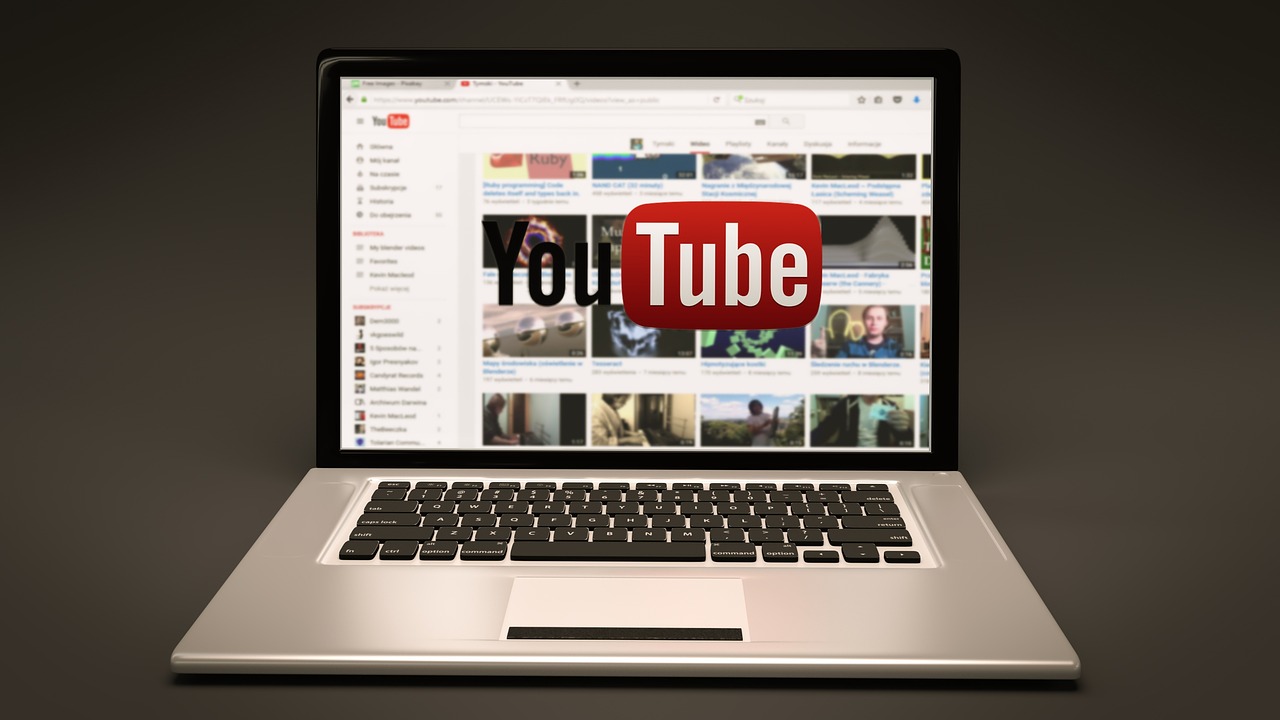1. Health-Related Disinformation
- COVID-19 Misinformation: During the pandemic, YouTube became a hub for videos promoting false claims about the virus, vaccines, and treatments. These videos often featured conspiracy theories (e.g., the virus was planned or vaccines contain harmful substances like microchips).
- Anti-Vaccine Content: These videos claim that vaccines cause autism, infertility, or other side effects, often misrepresenting scientific studies or relying on anecdotal evidence.
- Miracle Cures and Fake Treatments: Some videos promote unverified or dangerous treatments for serious illnesses, including cancer, diabetes, and more.
2. Political Disinformation
- Election Fraud Claims: Disinformation surrounding election results, particularly in high-profile cases like the 2020 U.S. presidential election, has been a major issue. Videos promoting baseless claims of widespread fraud or conspiracy theories surrounding voting systems (e.g., Dominion Voting Systems) are common.
- Deepfakes and Misleading Edits: Videos that manipulate speeches or events to misrepresent political figures or create false narratives. These can range from subtle misedits to fully fabricated deepfake videos.
- False Historical Narratives: Some channels push revisionist history or exaggerated claims to support political agendas, for instance, distorting the facts about events like 9/11 or wars.
3. Conspiracy Theories
- Flat Earth and Anti-Science Theories: Some videos promote the idea that the Earth is flat or challenge well-established scientific facts like evolution or climate change, often by misrepresenting scientific principles or experts.
- QAnon and Fringe Political Movements: Videos promoting the QAnon conspiracy theory or other extremist ideologies, which often make unsubstantiated claims about secret global elites controlling the world.
- False Flag Operations: Claims that major events like mass shootings, terrorist attacks, or natural disasters are staged by governments to push certain agendas.
4. Social and Cultural Disinformation
- Immigration and Refugee Misinformation: Videos that spread false claims about immigrants, such as portraying them as inherently violent or criminal, often supported by manipulated statistics or out-of-context footage.
- Gender and LGBTQ+ Misinformation: Some videos aim to discredit or demonize LGBTQ+ communities by spreading myths, often related to transgender issues or sexual orientation, framed to stir fear or confusion.
- Racial and Ethnic Stereotypes: Videos that spread harmful stereotypes or fake news about minority groups, often to incite racial tensions or justify discriminatory policies.
5. Economic and Financial Misinformation
- Ponzi Schemes and Scams: Many videos promote "get rich quick" schemes, fraudulent investment opportunities, or pyramid schemes. These videos often appear legitimate and use testimonials or fake success stories to lure in unsuspecting viewers.
- Cryptocurrency Scams: With the rise of cryptocurrency, many videos offer misleading or outright false information about crypto projects, encouraging viewers to invest in scams or "pump and dump" schemes.
6. Climate Change Denial
- Some disinformation videos claim that climate change is a hoax, questioning the overwhelming scientific consensus on human-driven climate change. These videos often use cherry-picked data, misleading studies, or misinterpretations of scientific research to spread doubt.
7. Fake News about Celebrities or Public Figures
- Videos that make wild claims about celebrities or public figures, such as fabricating scandals, deaths, or false rumors about their personal lives. These videos are often clickbait and meant to drive views through sensationalism.
8. Hoaxes and Fake Challenges
- Dangerous Challenges: Some videos promote dangerous or harmful social media challenges, encouraging risky behavior that can result in physical harm or legal trouble.
- Hoaxes (e.g., Momo or Slender Man): Internet hoaxes involving fictional characters or threats have also spread on YouTube, leading to fear or real-world consequences, especially among younger audiences.
Characteristics of Disinformation Videos
- Clickbait Titles and Thumbnails: These videos often have sensationalist titles or misleading thumbnails to draw viewers in.
- Selective Editing and Out-of-Context Clips: Many disinformation videos selectively edit interviews, speeches, or news footage to distort the truth.
- False Experts or Fake Authority Figures: Some videos feature individuals posing as experts without proper credentials, often giving misleading or outright false information.
- Echo Chambers and Recommendation Algorithms: Once viewers engage with disinformation, YouTube’s algorithm may recommend more content in the same vein, reinforcing false beliefs.
Combating Disinformation
YouTube has introduced measures like labeling content, linking to authoritative sources, and demonetizing disinformation channels. However, the platform's size and algorithmic nature mean that disinformation continues to be an issue.
Staying critical and cross-referencing information with reliable sources is essential when navigating YouTube content to avoid falling into disinformation traps.


